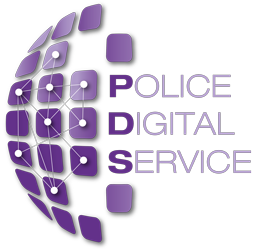Search - National Standard Microsite
Digital Imaging Procedure (Version 2.1)

Digital Imaging Procedure (Version 2.1)
This document was retired in July 2021
Digital imaging has become firmly established in the mainstream of public life and as a key enabling technology for the Police Service and Criminal Justice System (CJS) and has enormous benefit for the swift and accurate outcome of investigations.
Digital Imaging is the capture, retrieval, storage or use of evidential digital images. The aim of this document is to detail the processes involved in the proper capture and handling of digital images for police applications and to define best working practice starting from the process of the initial preparation and capture of images, through the transfer and designation of Master and Working Copies, to the presentation in court and finally the retention and disposal of exhibits.
A key part of the digital imaging process is the creation of an identifiable and isolated Master reference as this procedure enhances the integrity of proper evidential gathering processes whilst reducing the risk of malicious manipulation. It is also important to note that broader range of technologies are now available for the capture and storage of digital imagery which will be discussed in the document.
Intended readers of this document are operational, administrative and judicial staff involved throughout all stages of the Criminal Justice System (CJS) and anyone handling digital imaging.
bps54680-0000-00-digital-imaging-procedure-v2-1-publication-no-58-07.pdf